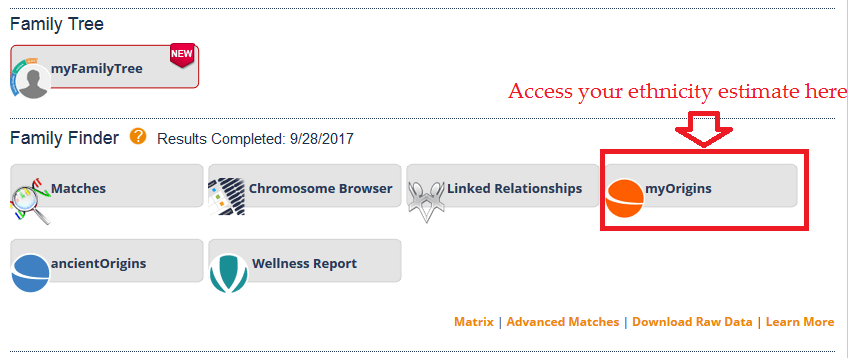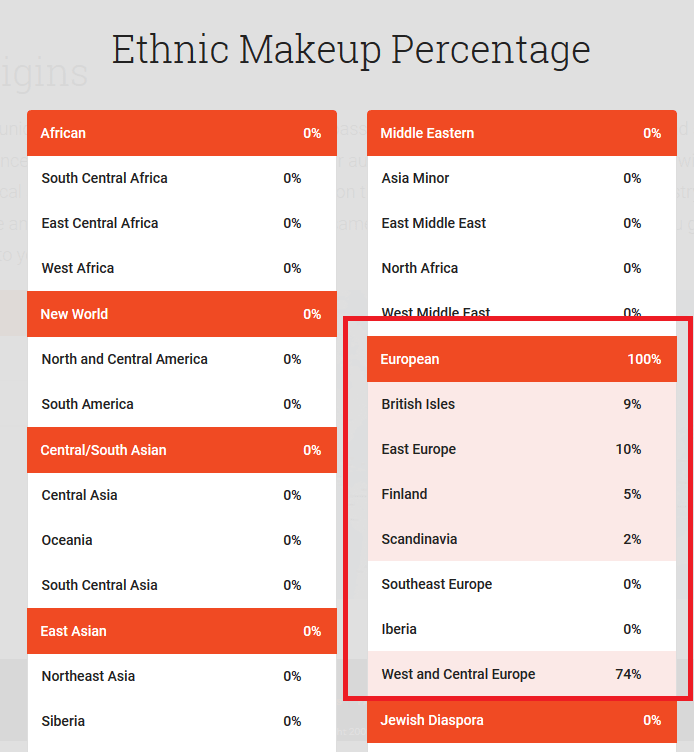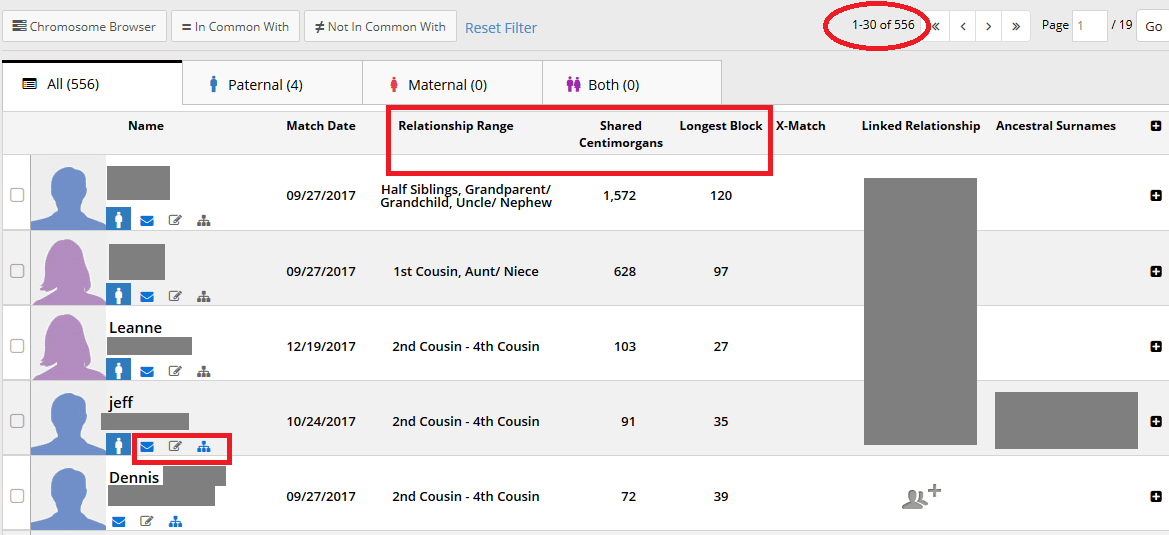Are you interested in learning more about the Family Tree DNA Family Finder test? There are so many DNA testing companies out there, and it can be tough to decide which one to start with. In this post, you'll find a review of the Family Tree DNA Family Finder test, which will help you make your decision and know what to expect from the DNA testing experience.
My first experience using the Family Tree DNA Family Finder test was with my great-uncle. He is over 90 years old, lives in an assisted living facility, and needs a wheelchair to move around. I sent him an Ancestry DNA test, which failed. They sent me a replacement kit, and that one failed, too. We produce less saliva as we age, and we are also more likely to take a medication that interferes with saliva production, too. I was so worried that my uncle wouldn't be able to take a test, and that is when I found Family Tree DNA.
Family Tree DNA doesn't do saliva tests - they do a cheek swab. In fact, each kit comes with two swabs - one for each cheek. Our cheeks contain plenty of epithelial cells, and Family Tree DNA (FTDNA) is able to extract our DNA from these cells for the purpose of genetic testing for ancestry. My great-uncle had no problem doing this DNA test, and his results were ready very quickly. FTDNA is a perfect test for elderly family members - there is a much lower test failure rate with the cheek swab test.
Since our first experience with FTDNA, we have had other close family members test there, too! Read more to learn about my experience.
Review of Family Tree DNA Family Finder Test
What was I trying to learn using the Family Finder DNA test?
I knew that having my great-uncle do a DNA test to help with family research would provide a valuable wealth of information for the cause. This particular great-uncle is my dad's father's brother (my paternal grandfather's brother). I didn't inherit all of my dad's DNA, and my dad didn't inherit all of his dad's DNA, and my grandfather's DNA was not 100% identical to his brother's. This is because we only inherit 50% of each of our parent's DNA, and the 50% that we inherit is "randomly" selected. Additionally, since the DNA that we get is selected in a random fashion, this means that two siblings won't share all of the same DNA. On average, full siblings share only between 33-50% of their DNA.
All of that long explanation is to tell you that even though all of my great-uncle's ancestors are also my ancestors, he inherited different DNA than my grandfather did, so even if I had inherited all of my grandfather's DNA, there would still be information in my great-uncle's DNA that I would never have access to.
My great-uncle and I were interested in learning about whether he had Jewish ancestry, Eastern European ancestry, and basically, anything else that might be unexpected. I was also hoping that he would have DNA matches that would help me research a little further back in my family tree on the lines that we share in common.

What did the FTDNA Family Finder results show?
My great-uncle's test results showed that he is 100% European. This didn't really surprise me, since all four of his grandparents were born in other countries. Two of them were born in Holland, and the other two were born in Germany. What I did find interesting is that he showed 10% Eastern European on his results. My dad had 5% Eastern European on Ancestry that showed up as Ashkenazi Jewish on My Heritage, but my great-uncle didn't have any Jewish ancestry on his FTDNA results.

What about DNA matches on FTDNA?
My great-uncle didn't have as many DNA matches as I was hoping that he would. As of today, he has about 635 DNA matches. They range from very distant to fairly close (including my dad as a nephew match). When he first tested, he only had a few hundred - this means that more people are testing or uploading their DNA to the site and the database is growing - awesome!
Since many of his relatively close cousins probably still live in Germany or the Netherlands, it might take me longer to find enough close DNA matches for him to prove helpful in my family tree research. With that said, there are many aspects of the FTDNA DNA match list that I really like:
- The list is super easy to sort and filter
- You can see the size of the longest shared DNA segment - crucial in determining a potential relationship
- You can easy import any match into the chromosome browser to see exactly which segments you share, which can help with triangulation (an advanced DNA analysis strategy)

Other interesting aspects of the FTDNA Family Finder test
- I found that the Ancient Origins was just interesting from an intellectual perspective, but since I am interested in DNA testing for genealogical research, I didn't find it very helpful.
- FTDNA offers many other types of more advanced DNA tests, and it is convenient to be able to do all of these tests and manage/view the results from within the same dashboard. My mother has done the mtDNA test with FTDNA and it has been a good experience. They also offer packages of testing at a discount, for those who are interested in doing multiple DNA tests at the same time.
- You can build a family tree within the FTDNA website and link your DNA matches to your tree. I think this is interesting and fun to do, but I haven't found it to be useful in learning more about the tree. It is more useful for keeping track of how matches are related, from what I can tell.
Would I recommend the FTDNA Family Finder test?
All in all, FTDNA offered a reasonably priced DNA test. The results were fairly reliable, and matched pretty well what I saw on other websites. I generally recommend testing first with Ancestry DNA and then uploading to FTDNA for $19 (to unlock all features), but FTDNA is a great choice for someone who has to stick with a budget or is testing an elderly family member.
If you want to get a Family Tree DNA Family Finder test, you can use the link below. I'll get a very small commission, and I really appreciate you using the link!
If you already did a DNA test, you can download your results (from My Heritage, 23 and Me, and Ancestry DNA) and upload them to FTDNA for free. You can then pay $19 to unlock the chromosome browser and other features. You can use the following link to access the transfer (I'll get a very, very small commission if you use this link, so thanks!):
Conclusion
I hope that this review helped you get a better idea of the type of information that you can learn from your results. If you have any questions or comments, I would love to hear from you in the discussion below.
Thanks for stopping by today!
